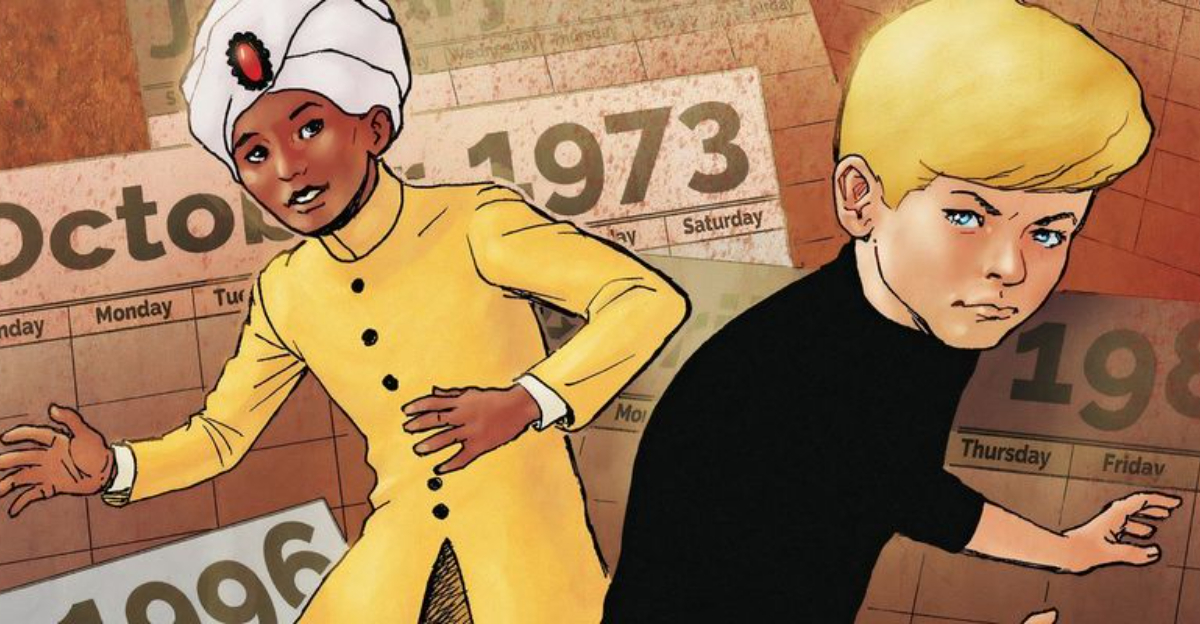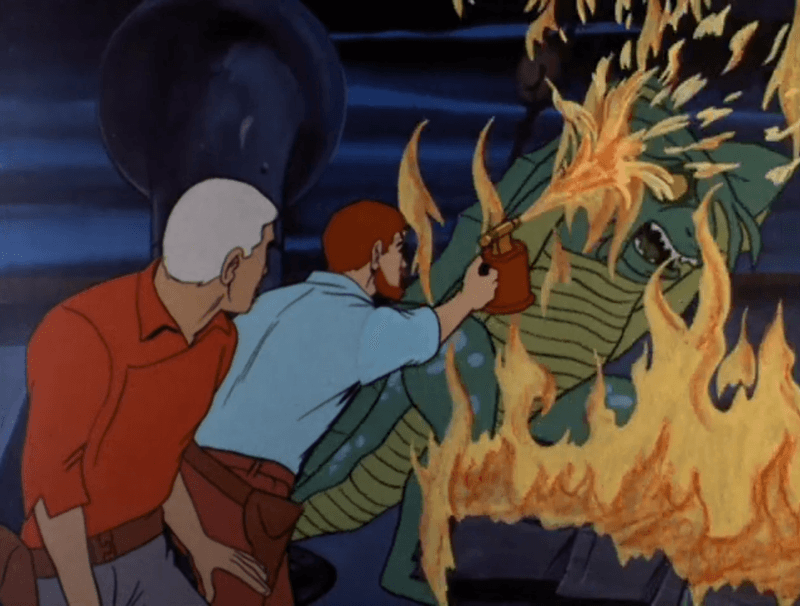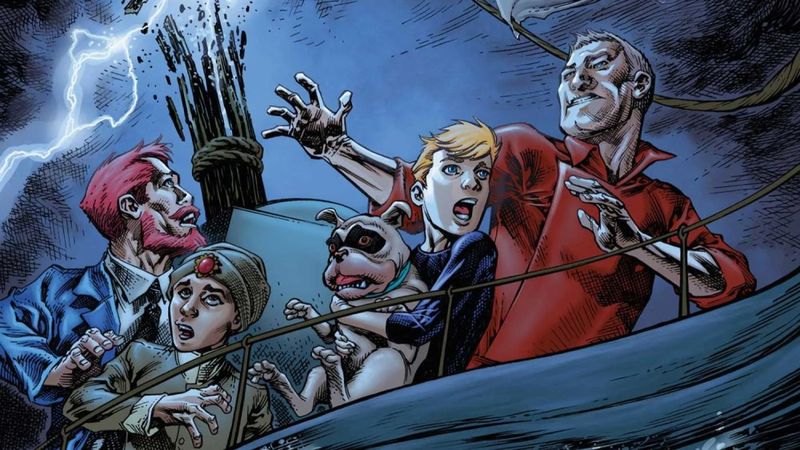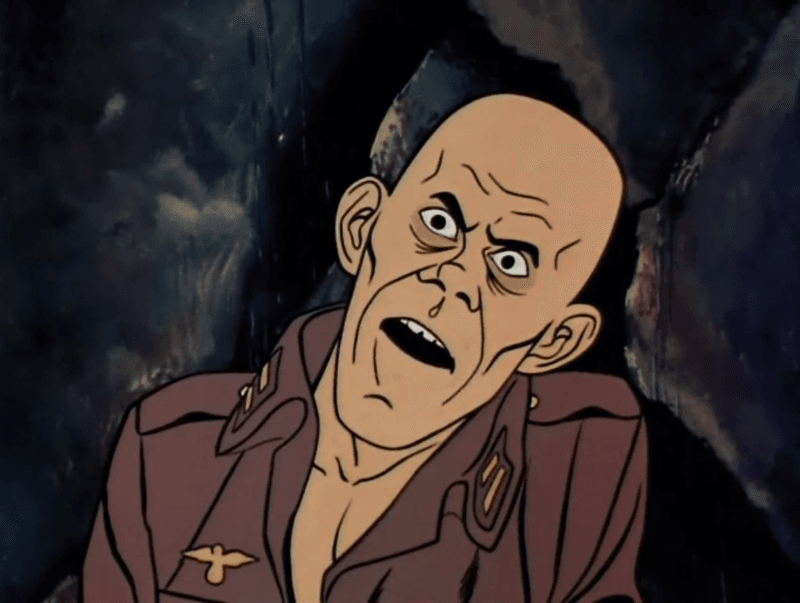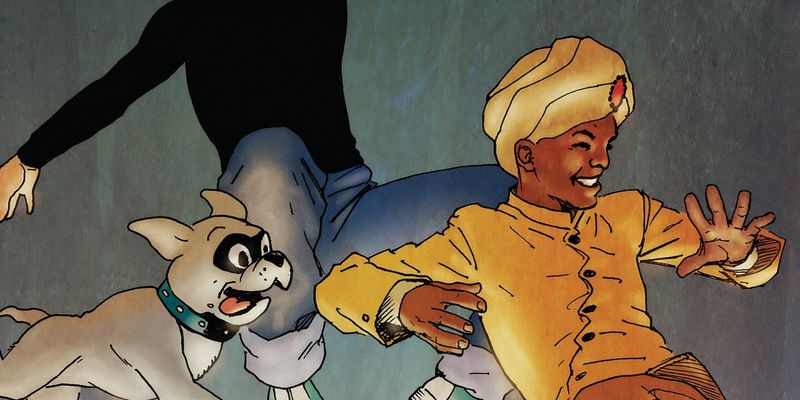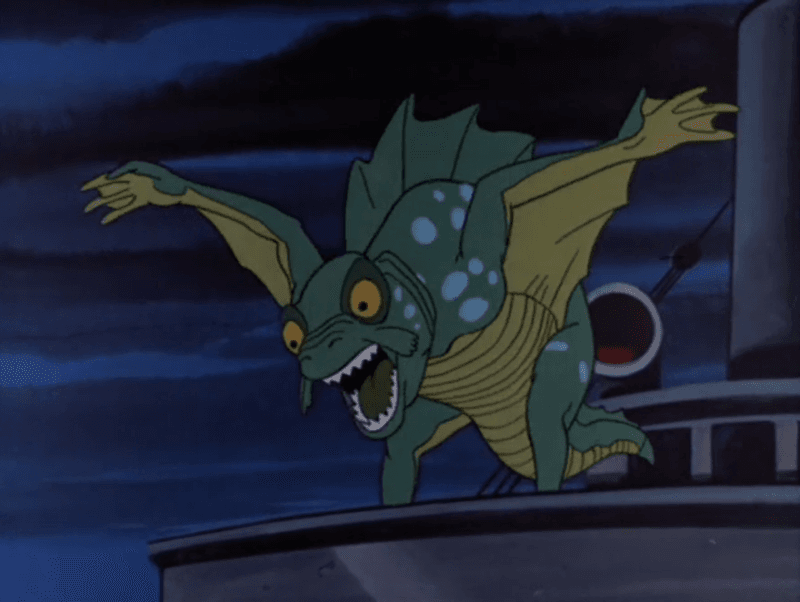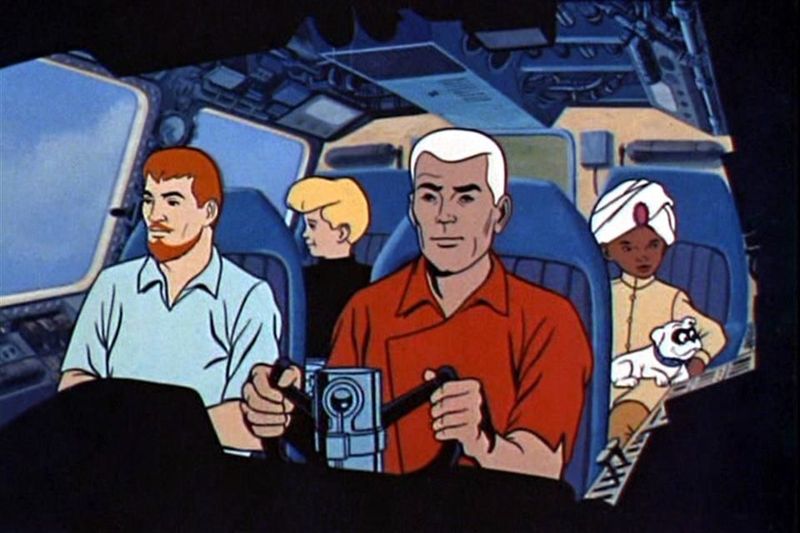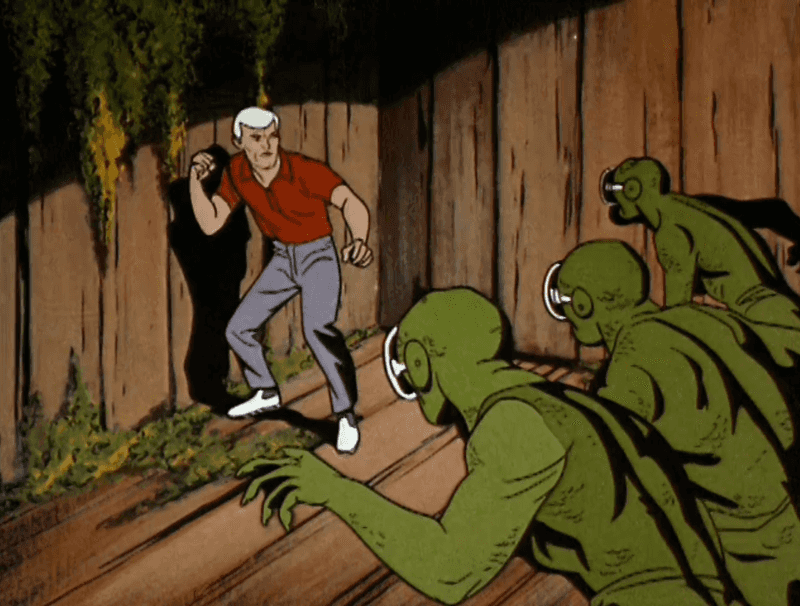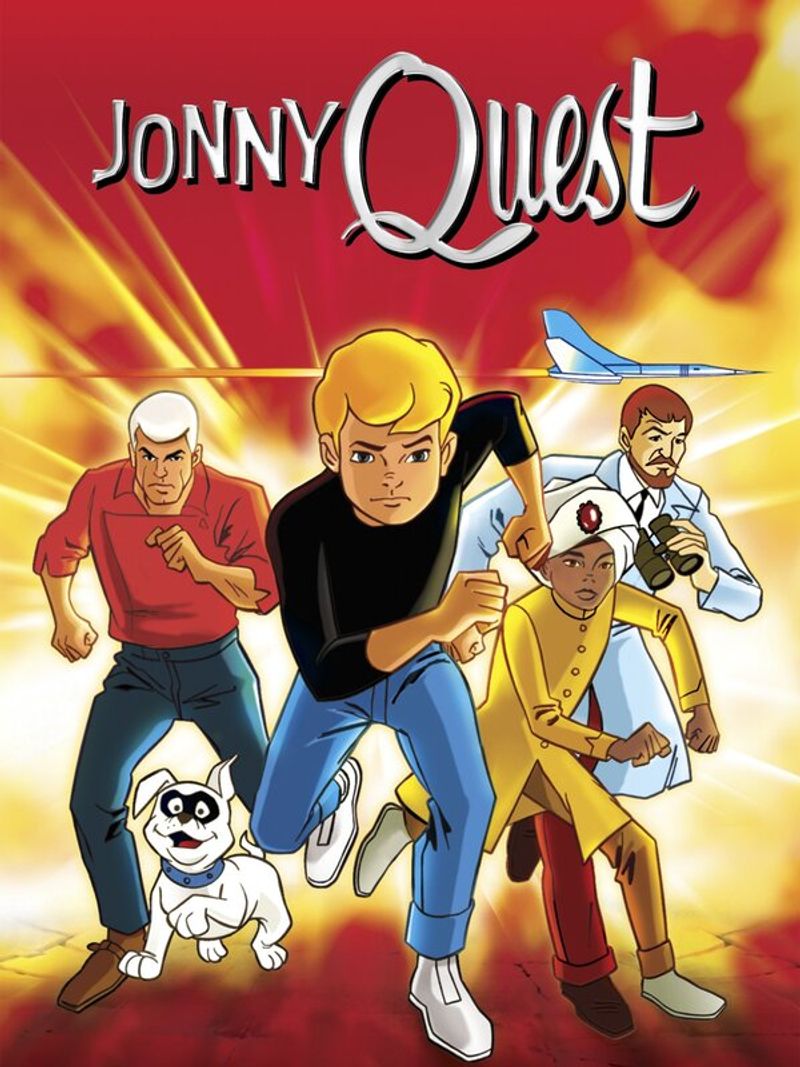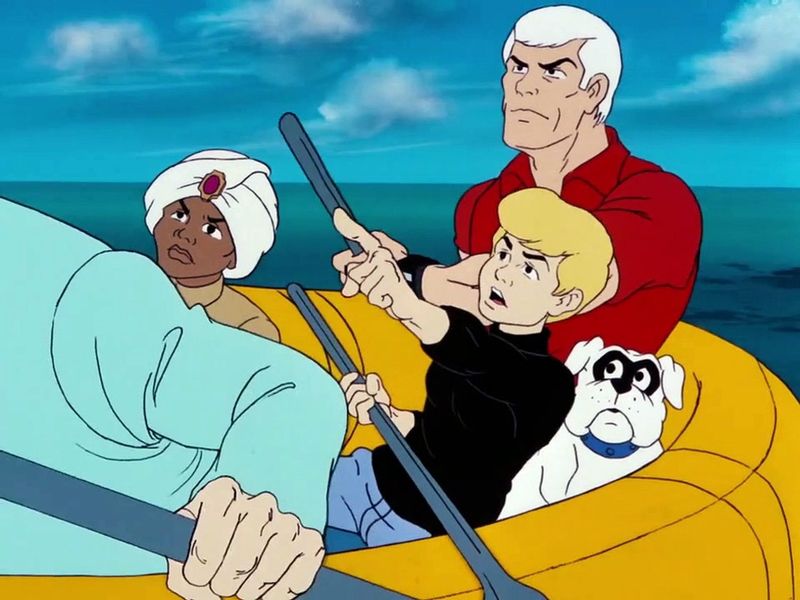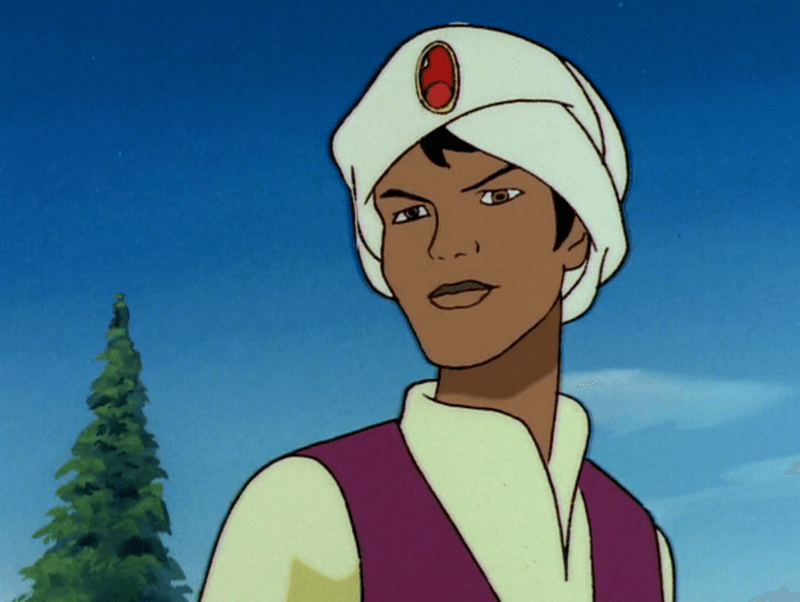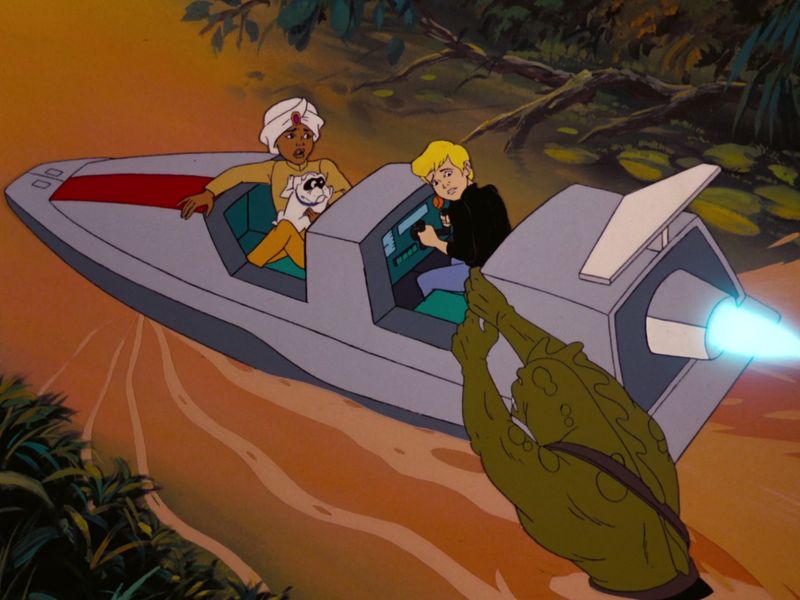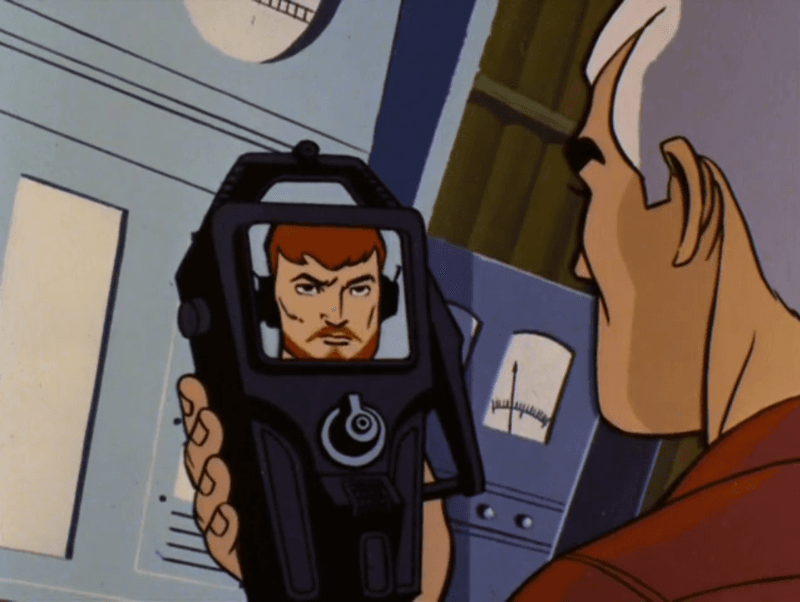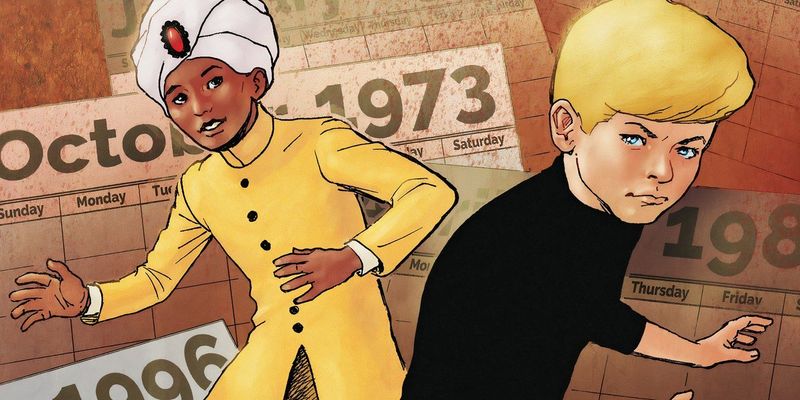In a sea of cheerful cartoon animals and slapstick superheroes, Jonny Quest crashed onto Saturday morning screens in 1964 like a helicopter in a jungle war zone. With its shadowy villains, realistic violence, and high-stakes drama, it felt more like a noir action flick than a children’s show. While it only lasted one season, it left a mark—and not just because of the explosions. Here’s why Jonny Quest was way too gritty for your average bowl of cereal.
1. It Had Actual Gunfire—Not Zaps or “Pew Pews”
Realism took center stage with Jonny Quest’s use of actual gunfire, contrasting starkly with other cartoons’ fictional lasers or sound effects. The choice to depict firearms came with real stakes; characters wielded pistols, rifles, and machine guns with serious intent. Such authenticity incited tension and drama not typical in children’s programming.
Audiences witnessed villains and heroes alike engaging in gunfights, where the consequences echoed reality—adding a palpable layer of grit. This choice showed that Jonny Quest didn’t shy away from adult themes, making Saturday mornings unusually thrilling.
For many, it was as riveting as it was unexpected.
2. People Actually Died On-Screen
In Jonny Quest, death wasn’t a slapstick gag but a stark outcome. Characters met their end in various, often harrowing ways—far removed from the safe humor of other animations.
Electrocutions, falls from heights, and encounters with deadly creatures painted a vivid picture of peril. These scenes not only startled young viewers but also added gravitas to the storytelling. The presence of mortality was a signal that Jonny Quest meant serious business.
Such portrayals of danger and consequence made it clear: this wasn’t just a cartoon; it was a daring narrative exploring the edges of children’s entertainment.
3. The Villains Were Terrorists, Smugglers, and War Criminals
Antagonists in Jonny Quest were not merely mischievous pranksters but carried the weight of real-world threats. Terrorists, smugglers, and war criminals populated the series, echoing the tense geopolitics of the time. These villains were crafted with depth, offering more than simple evil laughs or bungling ineptitude.
Such characters felt as though they could have stepped out of a Cold War-era thriller, adding layers of complexity and danger to the storyline. In portraying these significant threats, Jonny Quest set itself apart as a show willing to tackle darker narratives.
This sophisticated portrayal made it truly gripping.
4. Race and Ethnicity Were Handled with a 1960s Filter (and That’s Not Great)
Even as Jonny Quest sought to portray a global adventure, its approach to race and ethnicity was undeniably a product of its time. The series featured characters from various cultures, but often through a lens of heavy-handed stereotypes.
Fu Manchu-like villains and exoticized “jungle tribes” made frequent appearances, reflecting outdated and sometimes cringe-worthy views. While the intention may have been to add diversity, the execution often fell short, leaving behind portrayals that now seem offensive or overly simplistic.
This aspect remains a controversial part of its legacy, revealing its 1960s roots.
5. Dr. Benton Quest Was Basically a Cold War Operative
Dr. Benton Quest wasn’t your average cartoon dad; he was a figure immersed in espionage and secrecy. As a government scientist, he operated at the intersection of innovation and military oversight, far removed from typical cartoon inventors.
Benton’s work on top-secret projects and weapons made him central to the show’s espionage themes, bringing an air of Cold War intrigue to the narrative. This portrayal revealed layers of depth, depicting a character driven by duty and intellect.
His role underscored that Jonny Quest was more than adventure—it was a spy thriller in disguise.
6. Race Bannon Wasn’t a Babysitter—He Was a Government Bodyguard
Race Bannon brought a cool, calculated edge to Jonny Quest, far from the traditional animated sidekick. As a government agent tasked with protecting Jonny, his presence was marked by tactical skills and a readiness to act.
Race was more CIA operative than a mere chaperone, with a license to protect and a knack for handling dangerous situations. His stern demeanor and action-ready stance made him a formidable character, grounding the fantastical elements in thrilling realism.
He was the show’s embodiment of action and intrigue, adding another layer of grit.
7. Monsters Were Legit Terrifying
The beasts of Jonny Quest were a far cry from the friendly creatures of other cartoons. They drew inspiration from horror and sci-fi, offering genuine frights rather than comic relief.
From electric jellyfish to mummified phantoms, these monsters were designed to provoke fear and awe. Their detailed depiction added a horror film atmosphere, raising the stakes in every encounter with the Quest team.
These creatures weren’t just obstacles; they were integral to the story’s tension, making audiences question if the heroes would triumph or fall to these fearsome foes.
8. The Show Had Noir Vibes, Not Cartoon Whimsy
Drenched in shadows and suspense, Jonny Quest exuded the atmosphere of a noir film more than a playful cartoon. The series employed chiaroscuro, fog-laden sets, and tense music to create a sense of danger and intrigue.
The animation style was consciously cinematic, drawing viewers into a world where every corner could conceal a threat. This departure from bright, whimsical cartoon aesthetics was bold, crafting a visual narrative that demanded attention and respect.
By embracing noir aesthetics, Jonny Quest invited audiences into a mature storytelling realm, strikingly different from its peers.
9. There Were No Moral Lessons—Just Mayhem
While many cartoons aimed to impart valuable lessons, Jonny Quest’s narrative thrived on action and intensity. The focus was on the mission, the conflict, and the ultimate victory over adversaries with little room for moralizing.
The absence of “what we learned today” segments meant that episodes concluded with triumphs or losses, but rarely with explicit teaching moments. This approach left room for pure, unadulterated adventure.
By prioritizing mayhem over morals, Jonny Quest distinguished itself as raw entertainment, pushing boundaries and immersing viewers in thrilling escapades without pause for reflection.
10. Even the Theme Song Was Intense
The first notes of Jonny Quest’s theme song were enough to signal viewers they were in for an adventure. The brassy, urgent tones set the stage for espionage and excitement akin to a high-stakes thriller.
Unlike the light-hearted tunes of contemporary cartoons, this theme was serious and fast-paced, reflecting the intense narrative that followed. It was a musical promise of action, danger, and discovery.
This iconic opening framed the series as something extraordinary, setting it apart from the typical Saturday morning fare and ensuring that it held a special place in animation history.
11. They Tackled Geopolitical Issues—Sort Of
Jonny Quest didn’t shy away from incorporating geopolitical themes into its episodes. While the approach was simplified for young viewers, it touched on espionage, rogue nations, and global conspiracies.
These narratives mirrored real-world tensions of the Cold War, introducing children to complex ideas under the guise of animated adventure. Although not deeply informative, the themes provoked curiosity about the world beyond the screen.
By addressing such topics, Jonny Quest added a layer of sophistication to its storytelling, challenging its audience to think beyond the conventional scope of children’s programming.
12. Hadji’s Powers Were Played Straight, Not for Laughs
Unlike many cartoons where magic served as comic relief, Hadji’s abilities were treated as seriously as any scientific gadget. His skills in hypnotism and levitation contributed to the supernatural aura of the series.
Hadji was not a sidekick for laughs but a crucial member of the Quest team, often using his powers to aid in their many adventures. His portrayal added depth and mystique, weaving cultural richness into the narrative.
This respectful treatment of his abilities set a tone of awe and wonder, reflecting the show’s mature approach to diverse storytelling elements.
13. Characters Faced Real Peril
Peril in Jonny Quest was palpably real, with dangers that went beyond mere cartoonish threats. Characters faced life-threatening scenarios, from collapsing caves to man-eating beasts.
Scenes often left audiences gripping their seats, wondering how the heroes would escape or survive. This emphasis on authentic danger heightened the show’s intensity, making victories feel earned and losses more impactful.
By presenting credible threats, Jonny Quest captivated viewers with suspense and drama, ensuring that every episode was an edge-of-the-seat experience, unlike any other in animated programming of its time.
14. The Animation Style Was Shockingly Realistic
Jonny Quest’s animation broke new ground with its commitment to realism. Characters moved with lifelike fluidity, and backgrounds were richly detailed, providing a stark contrast to the simplistic style of conventional cartoons.
Created by comic artist Doug Wildey, the animation brought a sophisticated aesthetic, where muscles moved naturally and shadows added depth. This level of detail drew viewers into a world where action scenes played out like vivid live-action dramas.
Such artistry set the series apart, inviting audiences to appreciate animation as a serious storytelling medium, rather than mere children’s entertainment.
15. The Tone Was Dead Serious
Jonny Quest approached its storytelling with a gravity not often seen in animations. Even in moments of humor, the underlying tone was one of seriousness and intensity. Swapping goofy antics for focused narratives, the show’s characters tackled each adventure with a no-nonsense attitude.
This earnest approach resonated with viewers, who were drawn into a world of high stakes and genuine consequences. The lack of light-hearted sidekicks or fourth-wall breaks ensured that the show maintained its serious demeanor throughout.
By committing to this tone, Jonny Quest created a distinct identity, standing out in the cartoon landscape.
